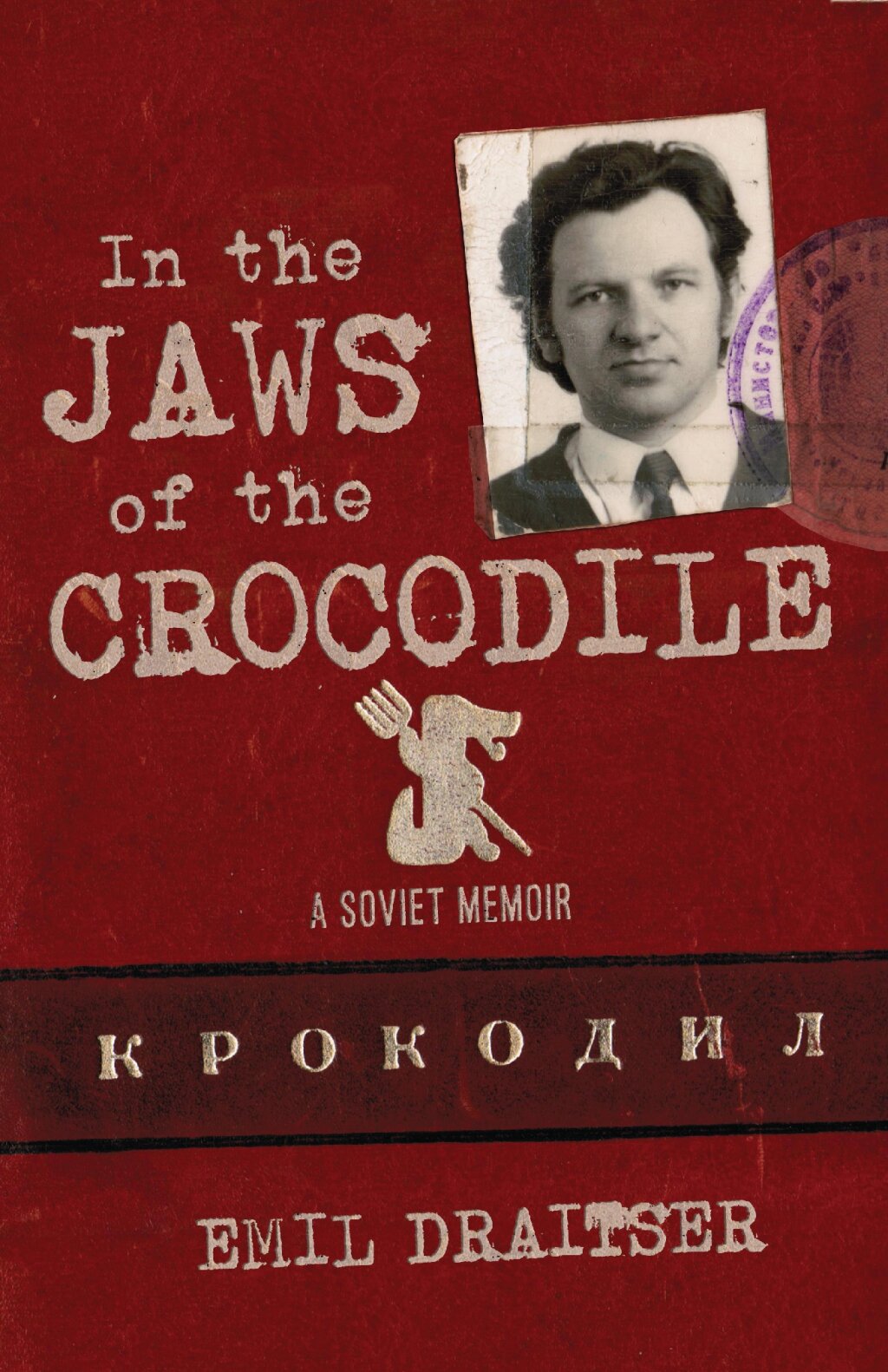Ani Kokobobo is an Assistant Professor of Slavic Languages and Literatures at the University of Kansas.
Ellis Island photo by Mikhail Lipyanskiy
This series is curated by Ani Kokobobo and Anne Lounsbery.
President Trump’s recent travel ban has brought the figure of the immigrant into the forefront of public discourse. Weeks ago, thousands of people were stranded at airports across America, and more recently, Immigration and Customs Enforcement (ICE) agents have engaged in more raids and deportations. As the travel ban was first going into effect, I felt grateful for the opportunity to help in some small way through the fundraising initiative for the International Rescue Committee organized by the Association for Diversity in Slavic, East European, and Eurasian Studies or ADSEEES. Not only did Slavists meet the fundraising goals (and you can STILL donate if you click above), but it was heartening to read the brief messages many colleagues wrote with their donations. Alongside broader and more divisive national narratives about immigrants and immigration, the sentences honoring the field’s and individual scholar’s immigrant roots stood as a touching counter-narrative.
As travel bans and raids on immigrant communities make being an immigrant more difficult than it needs to be, it seems like a good time to take pride in the diverse immigrant roots of our field by gathering immigrant stories. In part because of our study of Russia, Eurasia, and Eastern Europe, the Slavic field has been deeply dependent on the contributions of immigrants from its very beginning. This tradition continues with countless first generation immigrants currently working in the field. Those who are not first generation immigrants, usually have parents who were immigrants from either our area of study or elsewhere. Going even further back, there are others whose grandparents were immigrants. There are also colleagues who work in communities that serve immigrant populations and tend to work with immigrants. Others still, have adopted children from outside the United States. And even newer generations of immigrants are regularly entering our classrooms as both undergraduate majors and graduate students.
There have been ongoing initiatives across the United States that emphasize the invaluable role of immigrants. Economic activism like #adaywithoutimmigrants has emphasized the important role of immigrants in the food industry and other service industries. It is equally valuable to showcase the importance of immigrants in higher education. Our field offers a unique perspective in this type of initiative, and we hope that this #Slavistimmigrantstories series will help highlight that perspective. Besides bringing into relief the cultural diversity of the field, this project also aims to self-reflectively preserve in memory this rich history.
***
Some practical clarifications. Since we posted the CFP we have had people reach out and ask whether their story fits with the parameters of what we are soliciting. Almost always, the answer is yes. We are ultimately soliciting stories of and about immigration. These stories do not have to be stories about your individual personal experience. They can be the stories of parents and grandparents. There is no purity standard here. So if you want to tell the story of a partner, or a friend, we welcome that too. If you are in a position where you are teaching a new generation of immigrants, we also want to hear your perspective. If you are a graduate student, or an undergraduate major or minor, we especially want to hear from your generation and are curious about what drew you to the field. Even though many people in the field are Eastern European immigrants, this does not mean that we are privileging that particular type of immigration over others. If you are an immigrant from the UK, Australia, and other places, we welcome your narratives. If you are a Slavist and immigrated to a country other than the United States, we would like your stories as well. If you are in an academic unit that has a particularly rich immigrant history, we would welcome a collective history as well.
As you think about whether you would like to contribute, please realize that we all work with narratives, so we treasure stories in general and immigration stories in particular. The genre is loose and the length can vary greatly (the 500-1500 words guideline, is just a guideline). We would love any visual aids in the form of pictures, art, old letters, etc. Stories do not need to be particularly eventful to be rich. We are certain that even behind the most ordinary immigration journey motivated by a career or educational opportunities, there is often a deeper undertone of growth, change, and loss. So we earnestly welcome all stories. If you think your immigration story seems like a run of the mill kind of story that you don’t be believe anyone will really care about or want to read, please rethink that position.
We realize that these stories, whether pedestrian or dramatic, are sometimes difficult to tell. Often, there may be some trauma surrounding such narratives. Obviously, no one leaves their home on a whim to uproot to another country. In putting out these CFP, we are implicitly and now explicitly saying that we want to celebrate any and all stories and therefore a baseline of civility is expected from everyone involved. Because of the potentially sensitive nature of these stories, we also offer the possibility of posting your narrative anonymously in complete confidence.
There is NO DEADLINE for now. We hope to run this series on a semi-regular basis and post stories as they come along. At a later date, there may be an opportunity for further developing of the project and perhaps a DH component to it, but all of that in due time.



